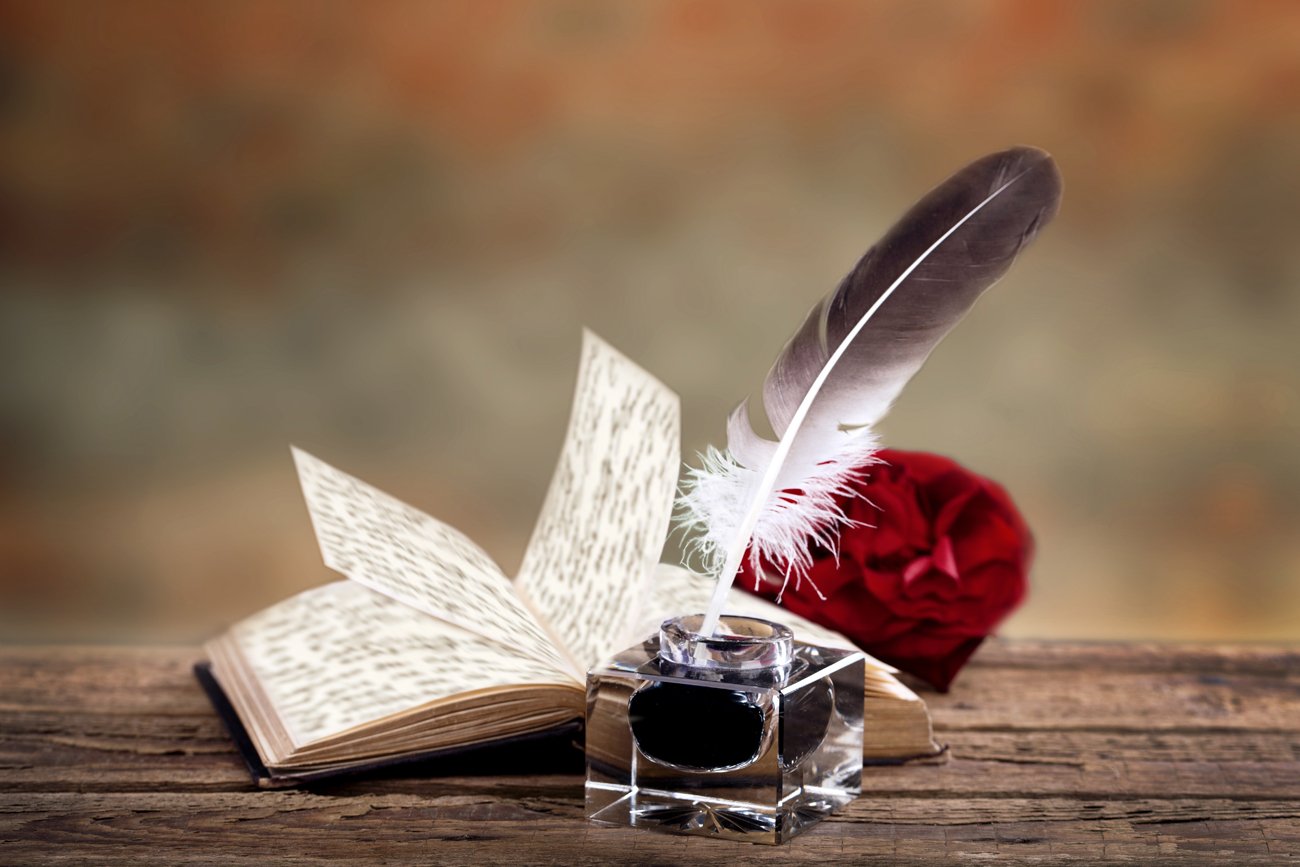Poetry, if it is such, cannot be good or bad. The choice of words in a poetic work in the aggregate is the energy message of its author. And this energy is capable of not only creating, but also destroying, depending on the inner world of the author himself. Those lovers of poetry are deeply wrong who take into account only the technical execution of the verse, while putting all the emphasis on form and a pronounced image.
Poetry is first and foremost music.
Any picture filled with sound comes to life and captures our soul, forcing it to work, while correcting not only the strength of the spirit, but also the strength of the mind. Otherwise, how can one explain the movement of the soul that makes a person with a fine internal organization on an unconscious level pronounce his favorite lines and receive incredible satisfaction at the same time.

At all times, it was not the poet who chose the reader, but the reader who chose the poet and followed him through life, as if receiving a kind of nourishment for his soul. And, probably, this is the main task of poetry: to breathe life into the weak, to make the strong think, and in liberation to give freedom to hidden emotions. Tears and laughter have always been and will be the best medicine for the human soul.
Poetry and modernity
Modern poetry, responding to the demands of the time, becomes more restrained, loses its sensitivity, and hence its attractiveness. Spirituality, not receiving proper nourishment, goes into a deep underground. And to change the state of things, you need new blood – a clean breath of air.
The time has come for nuggets-poets capable of doing miracles with the power of words. No absurdity will make the strings sound. And if we talk about the revival of poetry as an art form, it’s time to turn our attention to the primary source, that is, nationality. Of course, technique and form are very important in versification.
But it is the natural process of developing technique, form and imagery that makes a poetic work more convex and expressive for the reader. And no other proposed techniques can give the author a natural feeling of fullness, which is given only by nature. Taste, intuition and love are the author’s main assistants in translating an emotional outburst into a strictly built scheme of a poetic text.
Oversaturated texts are an unnecessary luxury that cannot give a clear sound. Ideally, everything is simple: a rainbow in the sky, a raindrop on glass, etc.
And when, finally, everyone understands this, poetry will have a new breath. A talented author will find his reader, and the reader will find a kindred spirit in his favorite poet.
Poetry is the highest kind of art
In modern literature, there are a large number of literary trends and literary movements. Each of the literary trends, such as classicism, sentimentalism, avant-garde, symbolism, existentialism, requires special study. These trends are widely represented in the genres of prose, poetry, drama.

Lyrical genres also have mutual types. It depends on how the species describe the phenomena of life, how the mood of the poet is conveyed. In this genre, the poet is characterized by knowledge of the world, his attitude to his inner feeling, to his experiences.
Sometimes it expresses joy, happiness, exaltation, sometimes it can cause sadness, anger, sometimes it can cause a storm of other emotions.
Unlike other types of art (painting, sculpture, music, dance, etc.), which have a directly object-sensory form created from some material object (paint, stone) or action (body movement, sound of a string), literature creates its form from words, from language, which, having a material embodiment (in sounds and indirectly in letters), is really comprehended not in sensory perception, but in intellectual understanding.
The form includes the object-sensory side – certain complexes of sounds, the rhythm of verse and prose (moreover, these moments are perceived to one degree or another when reading “to oneself”); but this directly sensual side of the literary form acquires real significance only in its correlation and interaction with the proper intellectual, spiritual layers of artistic speech.
Even the most elementary components of the form (an epithet or a metaphor, a narrative or a dialogue) are assimilated only in the process of understanding (and not direct perception). Spirituality, penetrating through and through, allows it to deploy its universal, in comparison with other types of art, possibilities.
